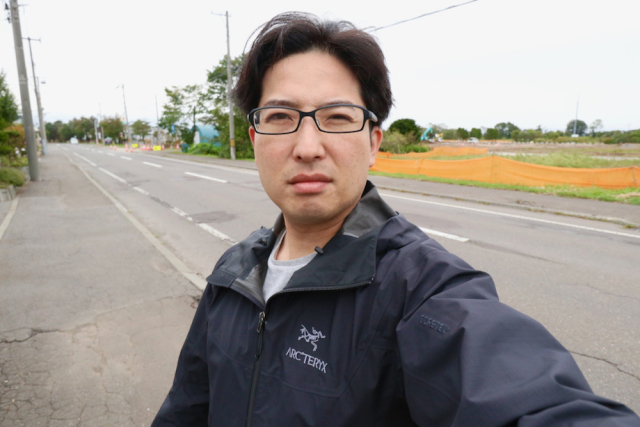
Modern conveniences are returning to parts of Hokkaido, but there’s still much to be done.
K. Nagahashi is a long-time correspondent for our Japanese language site who lives in Eniwa City in the northern island prefecture of Hokkaido. The epicenter of the 6 September 6.7 earthquake was about 35 kilometers (22 miles) from where he lives, causing large-scale damage and a loss of services such as electricity.
On the day of the quake, Nagahashi’s power was also taken out, but luckily was reconnected by the evening of the same day. However, many traffic lights in his area were still dark. After stocking up on the essentials along with everyone else in long lines, he decided to stay at home for the next few days.
▼ Tsuruha Drug Store, Day 1
A risk of aftershocks was certainly a part of the reason not to make any unnecessary trips, but Nagahashi was also trying to conserve gas as much as possible. Unlike the densely packed urban centers of Japan, cars are a necessity here in order to get anywhere, or leave if need be.
Because of this, gasoline is something a lot of people took for granted until its true value suddenly became very apparent. Every day an unbelievably long line of cars stretched down the road to stock up on fuel.
▼ The line for gas is so long, you can’t even see what they’re lining up for at the end.
On the fourth day (9 September), Nagahashi decided to join them and found that the whole process was, by this time, surprisingly smooth and quick.
The station attendant told him, “I think it’s going to be okay, because fuel has been arriving from Honshu [the main island of Japan].” Pulling out of the station it also dawned on Nagahashi that the traffic lights were almost all up and running again.
On his way home, he decided to make a quick stop at a home appliance store for some supplies. However, at the entrance they had a handwritten sign set up announcing everything that had already been cleared off the shelves.
▼ “Sold Out Report: D batteries, hand crank radios, battery powered USB chargers, LED lamps, pocket radios, gas stoves and refill cans.”
According to the sign, the store was only going to be open until 3 p.m. for the time being. Without much to show for that trip, Nagahashi went home for the day.
The following day, the fifth since the quake, he ventured out to a convenience store. The first day of the quake resulted in a large rush on all corner stores leaving shelves bare, but on this day there were a few items returning. It wasn’t much but it was a start.
The clerk told Nagahashi, “The nearby supermarket has begun putting new food on shelves, so I think we’ll be getting ours soon too. It’s difficult to say for sure though.”
Nagahashi decided to go check out this supermarket and see how it was looking. Sure enough, as the convenience store clerk had told him, shelves were beginning to fill up again. Freshly made food items like onigiri could be found along with milk, bread, and instant noodles, all of which were a sight for sore eyes for the many customers that could be seen inside.
There were still a lot of conspicuous gaps along the shelves, but Nagahashi had also arrived right when they were opening for business. Staff were still stocking shelves while he was there, so the situation might have been even better by the afternoon.
It was a comforting trip, giving Nagahashi a sense that by 10 September, things in Eniwa were already returning to normalcy. The worst of it might be over after all, but he was still mindful of the other areas of Hokkaido that weren’t so lucky and the people who lost much more than services during this disaster. Hopefully, they too can begin their road to recovery without any further trouble.
Photos ©SoraNews24
[ Read in Japanese ]

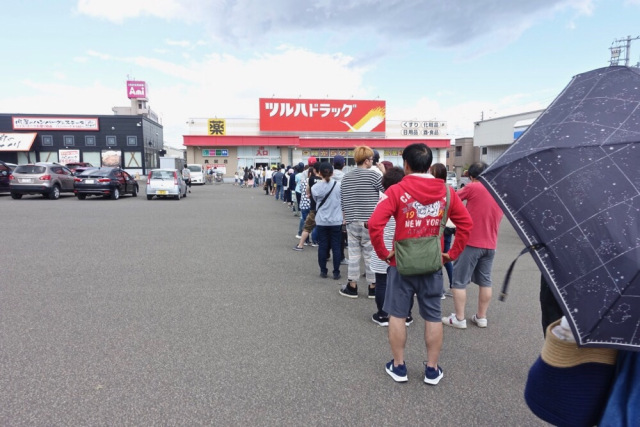
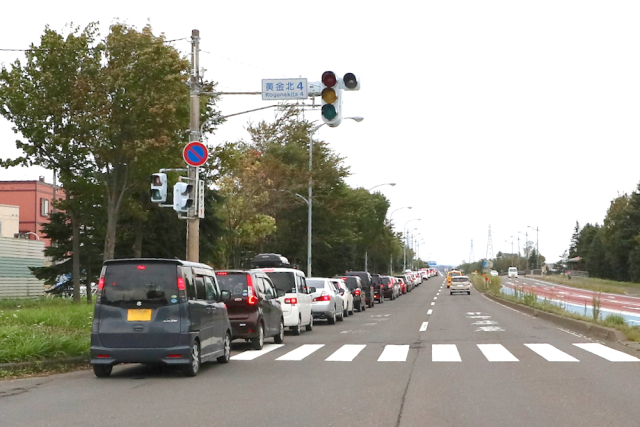
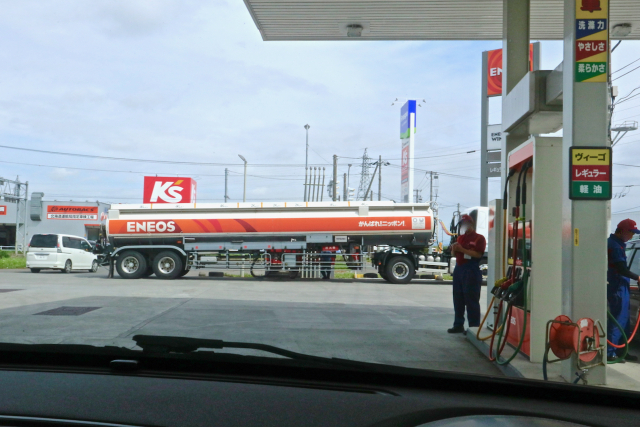
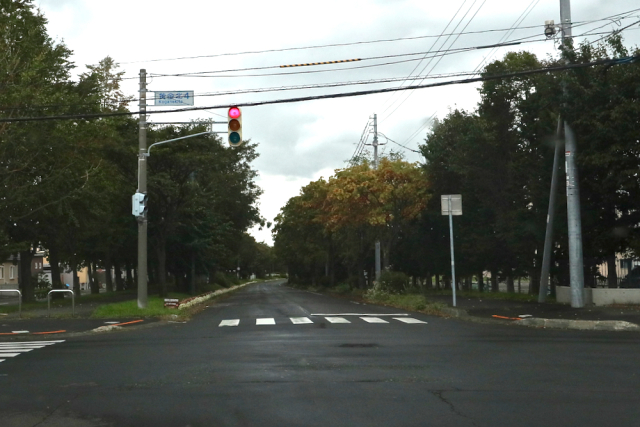
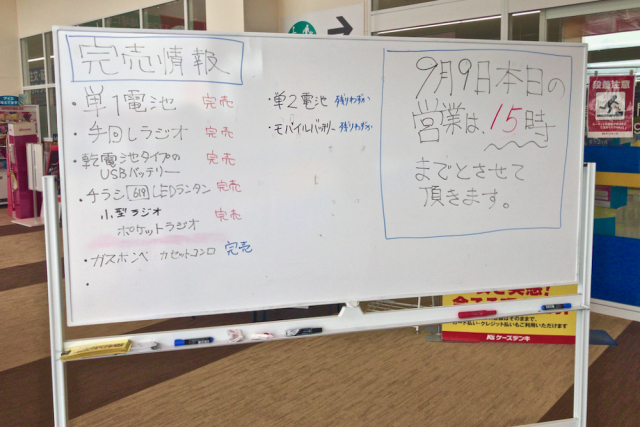
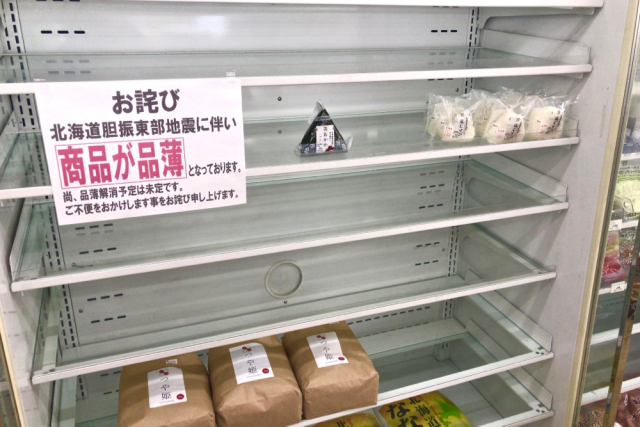
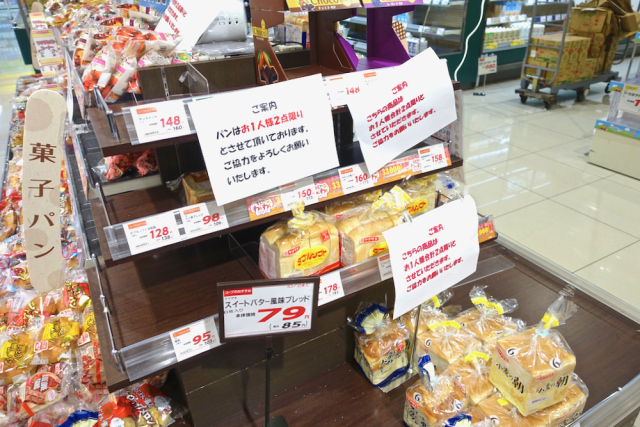
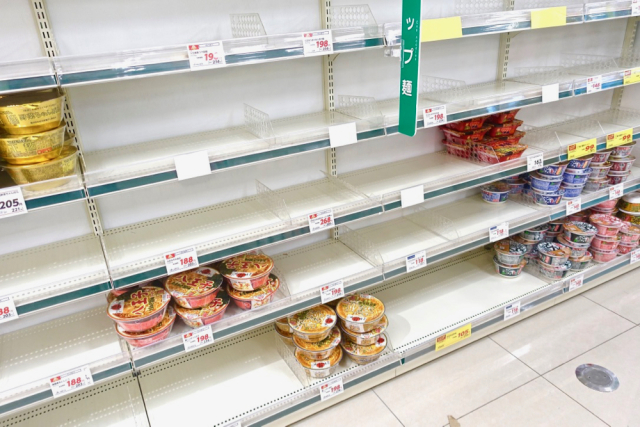
 Is it cold enough in Hokkaido for banana hammers?
Is it cold enough in Hokkaido for banana hammers? Michelin-listed ramen restaurant will turn you into a tiger with a single bite
Michelin-listed ramen restaurant will turn you into a tiger with a single bite 【Lucky Bag Roundup 2018】Yodobashi Camera offers up a tablet box of techie dreams
【Lucky Bag Roundup 2018】Yodobashi Camera offers up a tablet box of techie dreams We taste makunouchi bento at four Japanese convenience store chains【Taste comparison】
We taste makunouchi bento at four Japanese convenience store chains【Taste comparison】 The train station that stayed open for a single school girl finally closes down
The train station that stayed open for a single school girl finally closes down How to order snacks on a Shinkansen bullet train in Japan
How to order snacks on a Shinkansen bullet train in Japan Japan’s new difficult-to-drink-from beer glass protects your liver, but it’s a brutal experience
Japan’s new difficult-to-drink-from beer glass protects your liver, but it’s a brutal experience Demon Slayer: Kimetsu no Yaiba gets new roller coaster attractions and food at Universal Studios Japan
Demon Slayer: Kimetsu no Yaiba gets new roller coaster attractions and food at Universal Studios Japan Burger King Japan suddenly adds Dr. Pepper and Dr. Pepper floats to its menu nationwide
Burger King Japan suddenly adds Dr. Pepper and Dr. Pepper floats to its menu nationwide New Pokémon ice cream, dessert drinks, and cool merch coming to Baskin-Robbins Japan【Pics】
New Pokémon ice cream, dessert drinks, and cool merch coming to Baskin-Robbins Japan【Pics】 New Nintendo Lego kit is a beautiful piece of moving pixel art of Mario and Yoshi【Photos】
New Nintendo Lego kit is a beautiful piece of moving pixel art of Mario and Yoshi【Photos】 New samurai glasses are Japan’s latest weird must-have souvenir
New samurai glasses are Japan’s latest weird must-have souvenir Kyoto Tower mascot termination reveals dark side behind cute Japanese characters
Kyoto Tower mascot termination reveals dark side behind cute Japanese characters Hello, cosmetics! Clinique teams up with Hello Kitty this summer for first-time collaboration
Hello, cosmetics! Clinique teams up with Hello Kitty this summer for first-time collaboration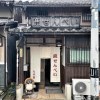 This Nara workshop has been making deer crackers for more than 100 years and offers tours【Photos】
This Nara workshop has been making deer crackers for more than 100 years and offers tours【Photos】 Nintendo history you can feel – Super NES, N64, and GameCube controllers become capsule toys
Nintendo history you can feel – Super NES, N64, and GameCube controllers become capsule toys “The most Delicious Cup Noodle in history” – Japan’s French Cup Noodle wins our heart【Taste test】
“The most Delicious Cup Noodle in history” – Japan’s French Cup Noodle wins our heart【Taste test】 Starbucks releases a cute Frappuccino and Unicorn Cake…but not in Japan
Starbucks releases a cute Frappuccino and Unicorn Cake…but not in Japan McDonald’s Japan’s Soft Twist Tower: A phantom ice cream only sold at select branches
McDonald’s Japan’s Soft Twist Tower: A phantom ice cream only sold at select branches Yabai Ramen: What makes this Japanese ramen so dangerous?
Yabai Ramen: What makes this Japanese ramen so dangerous? Finally! Nintendo Japan expands Switch 8-bit controller sales to everybody, Online member or not
Finally! Nintendo Japan expands Switch 8-bit controller sales to everybody, Online member or not Japanese government wants to build luxury resorts in all national parks for foreign tourists
Japanese government wants to build luxury resorts in all national parks for foreign tourists To combat declining birth rate, Japan to begin offering “Breeding Visas” to foreigners
To combat declining birth rate, Japan to begin offering “Breeding Visas” to foreigners 10 things you should buy at 7-Eleven in Japan
10 things you should buy at 7-Eleven in Japan Studio Ghibli releases anime heroine cosplay dresses that are super comfy to wear
Studio Ghibli releases anime heroine cosplay dresses that are super comfy to wear Woman charged for driving suitcase without a license in Osaka
Woman charged for driving suitcase without a license in Osaka Studio Ghibli unveils My Neighbour Totoro miniature house model
Studio Ghibli unveils My Neighbour Totoro miniature house model Kyoto experiencing problems with foreign tourists not paying for bus fares, but not on purpose
Kyoto experiencing problems with foreign tourists not paying for bus fares, but not on purpose Fighting mild hunger with a Japanese soda that turns into jelly in the stomach【Taste test】
Fighting mild hunger with a Japanese soda that turns into jelly in the stomach【Taste test】 Studio Ghibli’s Howl’s Moving Castle tapestry unveiled in Japan for first time
Studio Ghibli’s Howl’s Moving Castle tapestry unveiled in Japan for first time McDonald’s new Happy Meals offer up cute and practical Sanrio lifestyle goods
McDonald’s new Happy Meals offer up cute and practical Sanrio lifestyle goods Sales of Japan’s most convenient train ticket/shopping payment cards suspended indefinitely
Sales of Japan’s most convenient train ticket/shopping payment cards suspended indefinitely Sold-out Studio Ghibli desktop humidifiers are back so Totoro can help you through the dry season
Sold-out Studio Ghibli desktop humidifiers are back so Totoro can help you through the dry season Japanese government to make first change to romanization spelling rules since the 1950s
Japanese government to make first change to romanization spelling rules since the 1950s Foreigner’s request for help in Tokyo makes us sad for the state of society
Foreigner’s request for help in Tokyo makes us sad for the state of society Ghibli founders Toshio Suzuki and Hayao Miyazaki contribute to Japanese whisky Totoro label design
Ghibli founders Toshio Suzuki and Hayao Miyazaki contribute to Japanese whisky Totoro label design Doraemon found buried at sea as scene from 1993 anime becomes real life【Photos】
Doraemon found buried at sea as scene from 1993 anime becomes real life【Photos】 Tokyo’s most famous Starbucks is closed
Tokyo’s most famous Starbucks is closed Princesses, fruits, and blacksmiths: Study reveals the 30 most unusual family names in Japan
Princesses, fruits, and blacksmiths: Study reveals the 30 most unusual family names in Japan Michelin star-winning ramen can now be bought nationwide in cup noodle form
Michelin star-winning ramen can now be bought nationwide in cup noodle form Gari Gari Kun’s new “Rare Cheese” flavor popsicle is incredibly tasty
Gari Gari Kun’s new “Rare Cheese” flavor popsicle is incredibly tasty We taste-test 7-Eleven’s new fusion cuisine: the Cheese Dak-galbi Burrito!
We taste-test 7-Eleven’s new fusion cuisine: the Cheese Dak-galbi Burrito! 97 percent of Kumamoto convenience stores open for business just three days after major quakes
97 percent of Kumamoto convenience stores open for business just three days after major quakes Fujiya’s new Mille-Feuille Burger spreads Japanese sweet tastes on crunchy, creamy cake buns
Fujiya’s new Mille-Feuille Burger spreads Japanese sweet tastes on crunchy, creamy cake buns Silky golden ramen recommended by Michelin Guide is so good, we felt like royalty eating it
Silky golden ramen recommended by Michelin Guide is so good, we felt like royalty eating it Leading toy maker in Japan releases DIY mayo-making machines
Leading toy maker in Japan releases DIY mayo-making machines Japanese beef bowl chain Yoshinoya releases new canned, ready-to-eat rice bowls 【Taste Test】
Japanese beef bowl chain Yoshinoya releases new canned, ready-to-eat rice bowls 【Taste Test】 Frozen azuki snacks last miraculously long in blackout stricken Hokkaido
Frozen azuki snacks last miraculously long in blackout stricken Hokkaido Osaka earthquake: Scenes show damage from strongest tremor to hit the region in decades
Osaka earthquake: Scenes show damage from strongest tremor to hit the region in decades We pig out on tonkatsu at Marugo, the Michelin-approved breaded pork palace【Taste Test】
We pig out on tonkatsu at Marugo, the Michelin-approved breaded pork palace【Taste Test】 Inside the rogue 7-Eleven, a convenience store completely cut off by its company
Inside the rogue 7-Eleven, a convenience store completely cut off by its company This Do Re Mi Day, remember to give your child the gift of perfect pitch
This Do Re Mi Day, remember to give your child the gift of perfect pitch Don’t forget that the best convenience store in northern Japan has branches farther south too
Don’t forget that the best convenience store in northern Japan has branches farther south too Which American-inspired Japanese McDonald’s sandwich stacks up? We munch all four to find out!
Which American-inspired Japanese McDonald’s sandwich stacks up? We munch all four to find out! UPDATE: Situation remains serious at scene of road collapse in Fukuoka
UPDATE: Situation remains serious at scene of road collapse in Fukuoka
Leave a Reply